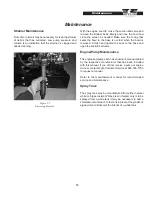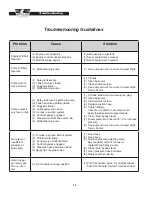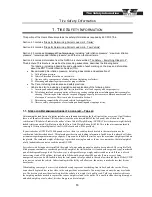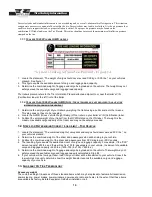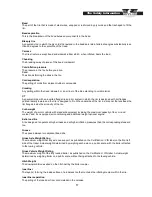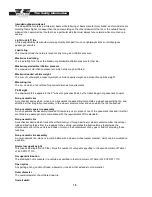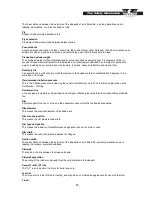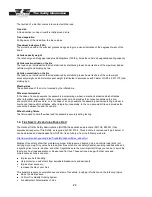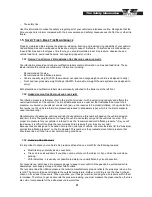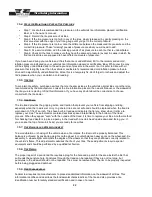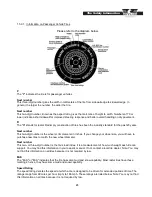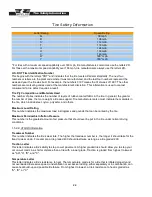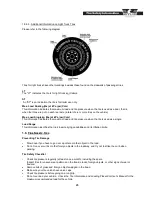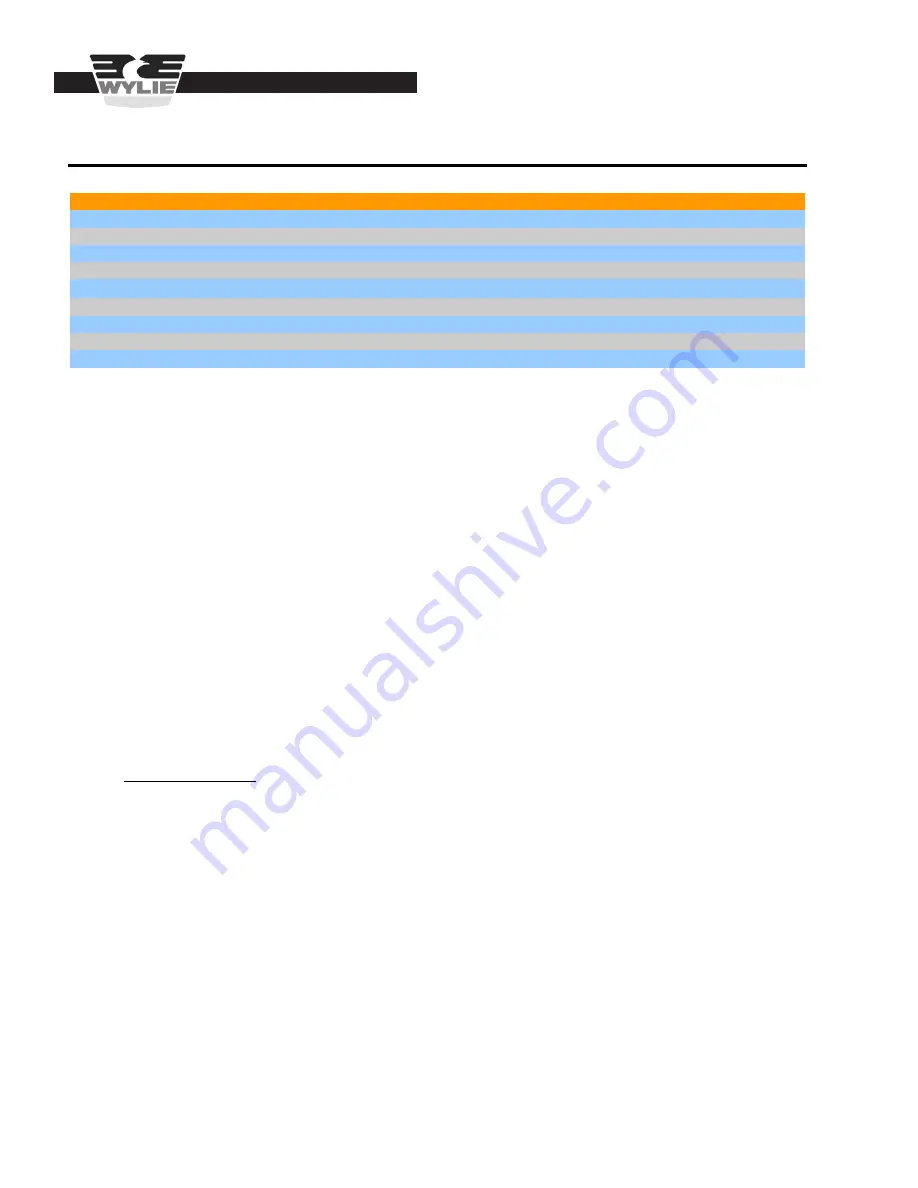
24
Tire Safety Information
Letter Rating
Speed Rating
Q
99 mph
R
106 mph
S
112
mph
T
118 mph
U
124 mph
H
130 mph
V
149 mph
W
168* mph
Y
186* mph
* For tires with a maximum speed capability over 149 mph, tire manufacturers sometimes use the letters ZR.
For those with a maximum speed capability over 186 mph, tire manufacturers always use the letters ZR.
U.S. DOT Tire Identification Number
This begins with the letters "DOT" and indicates that the tire meets all federal standards. The next two
numbers or letters are the plant code where it was manufactured, and the last four numbers represent the
week and year the tire was built. For example, the numbers 3197 means the 31st week of 1997. The other
numbers are marketing codes used at the manufacturer's discretion. This information is used to contact
consumers if a tire defect requires a recall.
Tire Ply Composition and Materials Used
The number of plies indicates the number of layers of rubber
-
coated fabric in the tire. In general, the greater
the number of plies, the more weight a tire can support. Tire manufacturers also must indicate the materials in
the tire, which include steel, nylon, polyester, and others.
Maximum Load Rating
This number indicates the maximum load in kilograms and pounds that can be carried by the tire.
Maximum Permissible Inflation Pressure
This number
is the greatest amount of air pressure that should ever be put in the tire under normal driving
conditions.
1.5.9.2.
UTQGS Information
Treadwear Number
This number indicates the tire's wear rate. The higher the treadwear number is, the longer it should take for
the
tread to wear down. For example, a tire graded 400 should last twice as long as a tire graded 200.
Traction Letter
This letter indicates a tire's ability to stop on wet pavement. A higher graded tire should allow you to stop your
car on wet roads in a
shorter distance than a tire with a lower grade. Traction is graded from highest to lowest
as "AA","A", "B", and "C".
Temperature Letter
This letter indicates a tire's resistance to heat. The temperature grade is for a tire that is inflated properly and
not overloaded. Excessive speed, underinflation or excessive loading, either separately or in combination, can
cause heat build
-
up and possible tire failure. From highest to lowest, a tire's resistance to heat is graded as
"A", "B", or "C".
Tire Safety Information
Содержание Power Sprayer Series
Страница 4: ......
Страница 30: ...26 Notes Notes...




